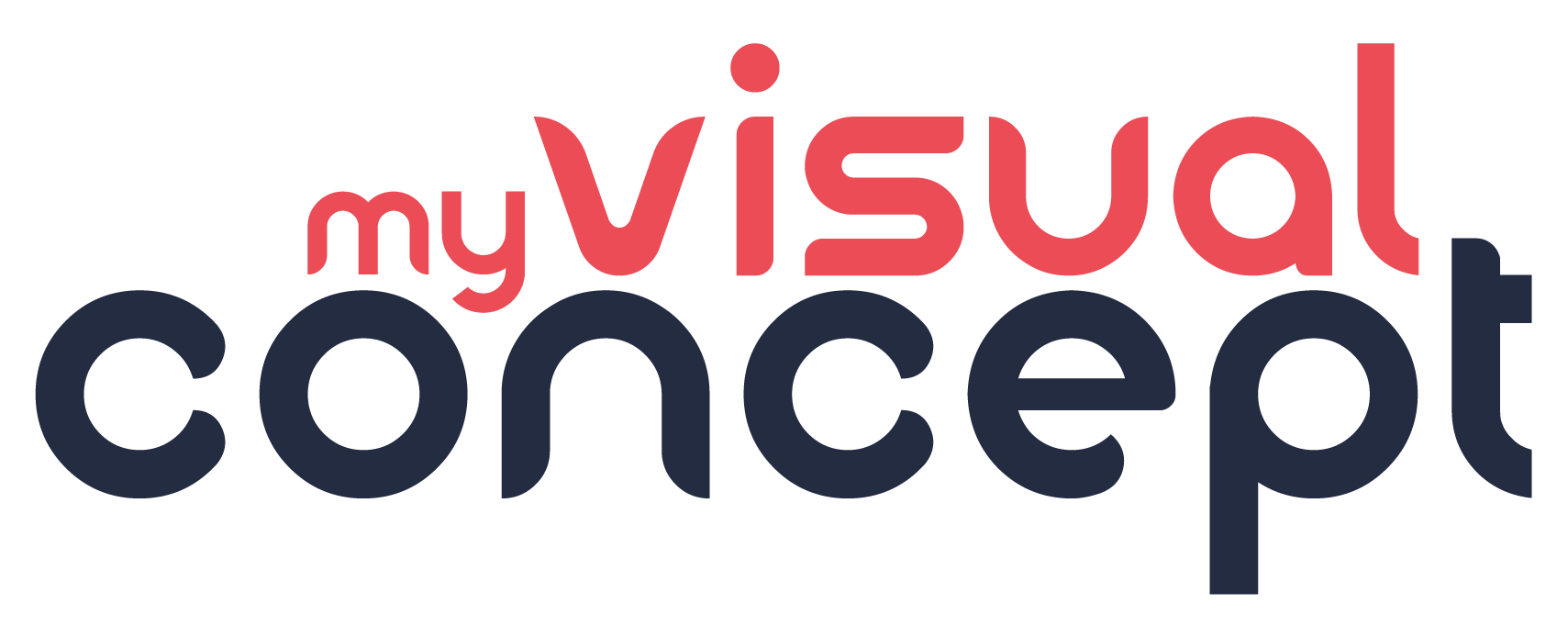Are you looking to enhance your online presence and drive business growth in 2024? One of the most crucial steps is to invest in a well-designed website that effectively represents your brand and engages your target audience.
Here’s a comprehensive guide to help you navigate the process of obtaining a web design and website that fuels business growth.
1. Determine Your Budget
Before diving into web design, it’s essential to determine how much you’re willing to invest. Depending on your requirements, you can opt for a DIY approach or hire a professional. While designing your website yourself may seem cost-effective, it often requires significant expertise. Hiring a professional web development freelancer can save you time and ensure a polished final product.
2. Research Your Website’s Hosting
Choosing the right web hosting provider is crucial for website performance and security. Research different hosting providers to find one that offers the level of service that aligns with your needs. Look for providers that offer reliable support and security features to safeguard your website against potential threats.
3. Select Your Website’s Domain
When selecting a domain name for your website, ensure it reflects your business and is easy to remember. Use tools like AusRegistry to research available domain names related to your business. If your preferred domain is unavailable, consider variations that align with your brand and services.
4. Craft Quality Content with Relevant Keywords
Whether you’re writing content yourself or hiring a freelancer, focus on creating quality content optimized for search engines. Research relevant keywords using tools like Google Keyword Planner to improve your website’s visibility in search results. Incorporate location-specific references to attract local customers while maintaining a natural tone to avoid sounding spammy.
5. Choose a Content Management System (CMS)
Consider using a CMS like Umbraco or WordPress to simplify website management and updates. CMS platforms offer user-friendly interfaces that allow you to add or modify content without extensive technical knowledge. Evaluate different CMS options to find one that meets your requirements and provides adequate support for your website.
6. Adhere to Website Design Principles
When designing your website, prioritize mobile responsiveness and simplicity. Ensure your site is mobile-friendly to cater to users browsing on smartphones and tablets. Streamline your website’s design by avoiding clutter and unnecessary elements. Focus on delivering a seamless user experience to encourage visitors to explore your site and take action.
7. Monitor Website Traffic and Analytics
After launching your website, track its performance using tools like Google Analytics. Monitor metrics such as traffic, page views, and conversion rates to gain insights into user behavior. Analyze this data regularly to identify areas for improvement and refine your website’s content and design accordingly.
By following these steps and investing in a well-designed website, you can position your business for growth in 2024 and beyond. Remember to leverage the expertise of qualified web designers and developers available on platforms like Upwork, Freelancer.com, and Fiverr to streamline the process and achieve optimal results.





